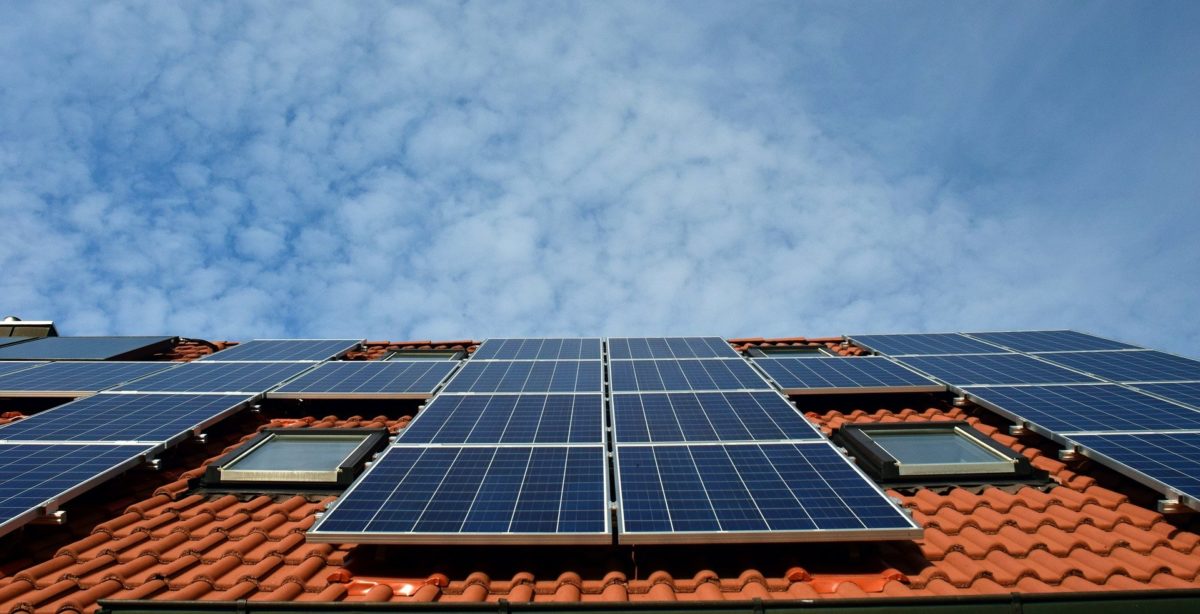It is guaranteed that the IOU's costs plus profit margin will be equal to the total billed costs of its customers. From there they can dice the rates however they want (e.g. flat inteconnection cost, per kWh cost, tiered per kWh cost, TOU per kWh cost, or any combination of these). The rate structures are put in place to drive consumer behavior and also provide the appearance that everybody is paying their "fair share."
I'll say it was all about the appearance.
For decades, I never thought that the price of electricity was only like 20 to 30 percent of the bill. I figured it was the reverse, 70 to 80 percent.
If it was 70 to 80 percent, then charging more the more I used made sense, it even made sense to have peak pricing to discourage use at certain times.
But when you get a personal energy system, as part of your diligence you look into the details.
The way the math works when the energy itself is 20 percent of the bill, then the remaining 80 percent is upkeep of the grid and profit, and due to the nature of electricity, there is no connection between the amount of electricity you use and the "wear" for want of a better word, you put on the grid.
Certainly for residential customers.
So, in terms of fairness, when I had an apartment and paid $50 bucks a month I was paying $40 per month for the grid. As a homeowner, I might be in the same block, same transformer, same poles, and pay like ten times more, $400 per month for the grid and profits.
Due to volumetric pricing heavy users, whether rich or not, were paying far, far far above their "fair share" if you define "fair share" as each person's ratable cost of the grid.
Of course, the utilities never mentioned this, I never even heard any media outlet mention it.
All I ever heard was about how we need to conserve, and if possible switch to renewables.
Well what a joke to find out that if enough people actually do switch --
we need to charge those people!!!!!!!!
Can you imagine a "per pound of drywall/insulation charge" for someone who spends $30K fully tearing out the walls and insulating their own house? From the utilities perspective, that's the same as a solar system - either way a user who was a real profit center all of a sudden drops out of the system.
The problem is not the users, its the pricing structure itself. Maybe Newsome or his aids are figuring this out.
Let's hope so because the planet needs it.
I haven't even mentioned the next point, which is residential solar shows people how solar actually works,
and how it works now, and creates a person who understands renewable energy and is
less likely to put up with excuses as to why it can't be done. This is almost as valuable as the system itself.




